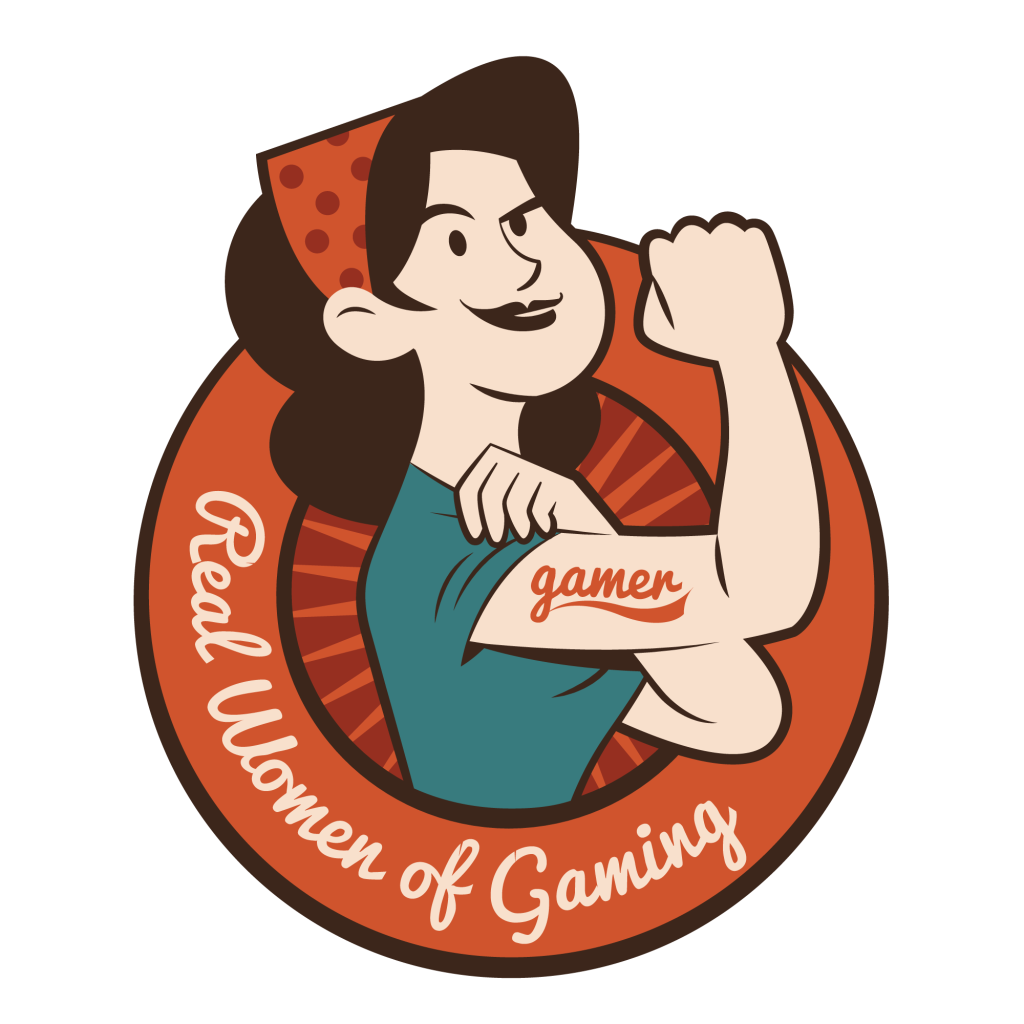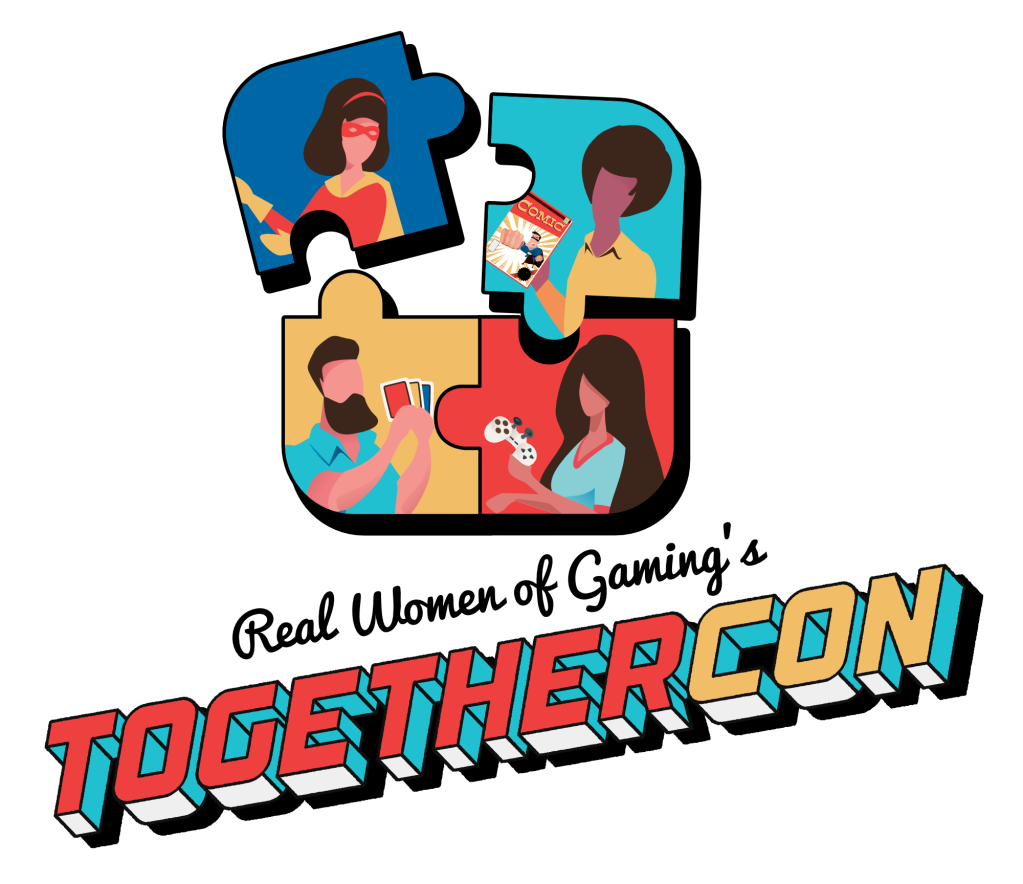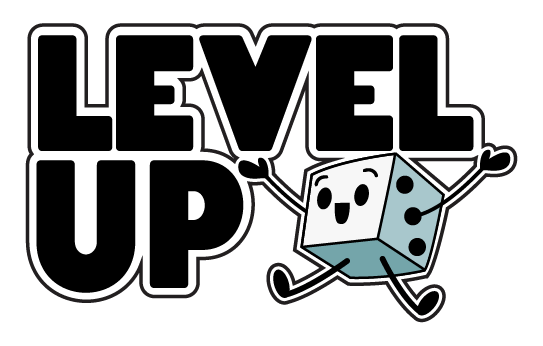
I’ve been a fan of Spycraft for years and recently got hooked on the Mistborn series, so when an opportunity to sit down with Patrick Kapera of Crafty Games at PAX Unplugged I jumped at the chance. We found a quiet-ish corner of the vendor hall for a long chat about role playing with kids, making board games, and the future of Crafty.
AMJP: Hey Patrick! Lets start with a brief history of Crafty and how everything got started.
Patrick: Sure! So we were founded in 2005. I used to work for Alderac Entertainment Group; that’s where I created Spycraft. Alderac started to downsize, and they took a year or so to rethink things. They would come back as the board game powerhouse that they are now, but a lot of the things they were working on when they did that sort of work wound up on the sidelines. Spycraft was one of those things, and we had just launched second edition when that happened. Alex Flagg, my business partner now, was one of the principles on the design team when that happened and we got together and decided “Well, there’s a company here. Let’s just keep Spycraft going.” So, we founded the company to make Spycraft, and that mutated into a bunch of other things. We wound up making variants of Spycraft. We had a Fantasy Craft game, and, eventually, we wound up doing the Mistborn Adventure Game. Mistborn led to important card games and here we are, ten years later, with a product line that’s not anything that we would have anticipated. We just followed the opportunities and followed the muse. But it’s still the same people, myself. Alex, and Ed Healy, who does all our marketing.

AMJP: So why Mistborn? Were you a fan of the books originally?
Patrick: It was because of a fan, actually. Somebody went to Alex and said “You need to make a roleplaying game based on this. You guys make really great roleplaying games and we think you’d make a really great Mistborn game.” And we had never heard of Mistborn or Brandon Sanderson prior to that and so we were like “What’s this?” That fan gave us a novel. Alex goes and reads it, and he comes back like “This could be a really cool roleplaying game.”
This is very early days – back before the Wheel of Time game or anything – and so Alex tracked Brandon down at a signing in his hometown and pitched it to him, on sight, with just “We’re a roleplaying game company, and we want to do this.” Turns out Brandon is a gamer so he was into it, and we forged a deal. The early days were really interesting because Brandon had a lot more free time back then, and he was able to sit down with us and say “I like these kinds of roleplaying games. I don’t like these kinds of roleplaying games…” and there are liner notes in our rpg that are from him like “This is how this came together. This is what I recommend you do in the setting.” All of that was really great. So, it happened largely because a fan said “This would be good,” and then we just sort of made it happen.
AMJP: That’s terrific! And so how though did you get from the RPG to the board game?
Patrick: We started making the roleplaying game, and we had the tabletop rights all along. We started actually doing dice. We did a Kickstarter. It was very modest but very successful for what it was, and that funded the 10 dice set that we now do—the Mistborn Allomancy Dice. People responded really, really well to that. Brandon’s agent is actually a really big boardgamer and had always been pushing us to do a board game. I had wanted to work with Kevin again [Kevin Wilson, co-creator of Spycraft]. We were looking for a project to work on for years, and, eventually, I was like “How do you feel like doing something for Mistborn?” He looked at it, and he’s like “There’s an old boardroom big business type game, and I’ve always wanted to do something with that type of free form negotiation. I think that could work for Mistborn.” He pitched us on the idea that would become Mistborn: HouseWar.
AMJP: Wow! The jump, sometimes, you don’t necessarily see it initially.
Patrick: This is exactly what I mean by “the stars have to align.” The pieces have to be there, and with us we knew they were all there. We had this game that was already really cool, the agent loved the idea, and Kevin was really excited about working on it. I adore the game; it just fit.

AMJP: So, are you guys going to continue adding things on to the Mistborn universe?
Patrick: Yeah, well, we got an expansion for Mistborn: House War coming next year called Siege of Luthedel. It adds a siege port and everybody has to choose sides, and it’ll come with miniatures.
For the Mistborn RPG, we’ve got a new book written. It’s in editing now, so it’ll be out in about… six to nine months. It’s called Nobles: The Golden Mandate, and it plays on House War a bit. It takes a lot of what we add there. We had to flesh out the houses quite a lot to make House War work because with a board game you need a lot of detail. We had to come up with how they looked and how they acted…their color schemes and symbology and all this kind of/sort of stuff. Brandon’s just been fantastic. His statement has always been “Your stuff’s canon until it’s not.” It still has to go through approvals, but, ultimately, we’re given a lot of creative freedom.
AMJ: [Can you] tell me about Little Wizards? I love the idea of being able to introduce children to RPGs, particularly since lot of our readership are parents who started playing in high school and college and now have kids.
Patrick: Little Wizards is a product I always wanted to make. I got very, very lucky with it. So, it’s actually originally a French roleplaying game Contes Ensorceles designed by Antoine Bauza. He’s since moved on to board games, but when we stumbled into this game and we knew we had to bring it to the US market. It’s a wonderful, charming little game about these kid wizards on a coin world—two sides of the same world. Inside that setting it’s like everybody just relies on these kids to just solve their problems. Adults have their own lives, and because the kids still have a sense of whimsy and access to all this power, people depend on them to make all the edges of society sort of work. Like, there are these little goblins that are going in and poisoning a chocolate factory, and the kids, of course, are the ones that solve that problem. What I really loved about it is that they’re young, but they’re given a lot of autonomy. It’s not like, “I have to answer to my parents” or “I have to answer to this noble council,” whatever it is. With kids you really want to engender as much exploration and as much a sense of ownership with what they’re doing as possible. That’s one of the things that really work for me for this game, and so our contribution to it was to leave the world 100% alone. [We] added one tiny bit of mechanics. What we wanted to do with Little Wizards was create a game where kids could play it, graduate from it, and say “I really liked this part of the game” or “I really liked that part of the game.” Their parents could say “Well, if you liked that, then go play this,” and, so, we added aspects to it that are a little bit like other, more grownup RPGs. The thing that really works, the magic of the mix for me, is that not only can older kids play with younger kids and parents play with their kids, but, at the end of the day, it’s introducing them and guiding them through the hobby.

AMJP: Kickstarters versus traditional publishing. Now that you’re done lots of both, what do you think are the pros and cons?
Patrick: Kickstarters are good and bad, right? I’m convinced it’s bad practice and bad form to just Kickstart everything you make no matter what size you are. It’s true if you’ve made one game or you’ve made 100. The benefits of Kickstarter are obvious, but they’re also nuanced, right? So, there’s a heavy promotional aspect to them because you are speaking directly to a community, and, at the end, you’ve recruited acolytes for your product. These are people that have invested in you. They are invested in going out and spreading the word, and that’s great. Also it solves a certain “cash flow” problem for companies that make things like Mistborn: House War possible because it’s a very expensive product. Making that product from zero with no form of funding upfront it’s why, before Kickstarter, so few people made board games. The problem is that it’s very easy now to just sort of put up a very splashy page and get bunch of support for a game that may not be as well developed as it could be or for a company that doesn’t really understand how to take that and turn that into a business. I think a lot of people look at it as the sort of obvious way to just launch, and everything else will just fall into place. [But] there’s a lot of things you have to consider above and beyond Kickstarter. So, for us, we only Kickstart things that we think are a good idea to Kickstart. The dice, for example. We didn’t know honestly whether or not it would work. We thought that people want these products, but we couldn’t just make them and put them out. Retail has to have some kind of idea how much demand there is. So, we did that Kickstarter primarily to figure out how much to print, and it turned out that the number we wanted to print was high enough to make it worthwhile going into distribution.
With House War, it really was a cashflow issue. We knew the game was great but we needed the Kickstarter in order to get to that next level and be able to put tons of cool stuff in the box. I think, from now on, it’s going to be a question of “Is this something that will relate to people on Kickstarter? That will resonate with them so that they can go out and actually spread the word? Is this something that benefits from it and that we can make in incrementally better with people’s help? Is this something that really needs the influx of cash, the flow in order to survive?” If those things are true, then you should put it on Kickstarter. But, unfortunately, I think a lot of other people just sort of callously put everything up on Kickstarter, and that’s not the best policy.
AMJP: And where are you at with Spycraft 3?
Patrick: So, there’s a story behind Spycraft 3. We used to be with Mongoose Publishing, and that relationship was not entirely… amicable. It was one of those unfortunate situations that sometimes happens in business. When you part with a partner, things don’t necessarily go the way you want. And one of the the things that wound up happening there is that we wound up losing all of our inventory of the second edition. Simultaneously, we had the third edition in development but it was really early days. We were still thinking that we were at least a few years away from even announcing it. So we lose all our inventory and realized we had two choices: we could either just tell people that there’s no more Spycraft or we could tell them that third edition is coming. But it was a situation where we told people much earlier than we really should have for the development that was done on it. Then, of course, Mistborn happened, and Mistborn defined Crafty for the next few years. So those things sort of dovetailed together. And it’s meant that third edition [of Spycraft] has had a very, very long production schedule. That’s good in that we’re constantly defining it, and it’s constantly getting better. But it is taking a very long time to get done, and, at this point, we can’t even really commit to dates with it because it’s just too far off. So, it’ll happen. We’re just not sure when. I would much rather be the company that says we are working on this, we haven’t forgotten about you, but there’s only so much we can do. This is going to take a long time. Because a relaunch like Spycraft is difficult. We could just release a poor game, walk away and not release and supplements, and not do any support for it, not really make it the kind of thing that we know everybody wants. We can do that in a much smaller amount of time. But we don’t want to do that, [but] a lot of stars have to align. So, it’s been a long development cycle and it’s also been sort of gauging our time for when we can relaunch and make it really, really special. It’ll happen when it happens, and it’ll be something really good and that the fans can really get a lot out of.
AMJP: Anything else up and coming that you can talk about? Where do you think you’re headed over the next few years?
Patrick: Well, we’re doing Nobles: Golden Mandate. That’ll be next year [2018]. Siege of Luthedel is coming out next year [2018], and those are the two big things right now. We have a lot of other stuff, but obviously it’s early days. There will be other Mistborn products beyond House War.
I think we’re going to see a a few more board and card games. The reason for that, I think, is that’s just where the designing space is right now because of House War. The Mistborn side is going to continue; it’s got a solid team. Spycraft will continue to be in development, and when it’s done and when the stars align, we will bring it out. We have an idea for a third RPG, but it is honestly just an idea, and Crafty Games has always been the company that let the products define the company rather than the other way around. You can hammer and hammer at them to sort of force a brand, but we’ve had much better success, and people are much happier with our products when we make the things that everybody knows work.
To keep up with Crafty Game’s upcoming releases and latest news, be sure to sign up for their newsletter!




Leave a comment